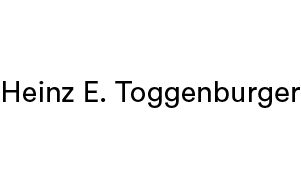Re:Wind
Video Art from Carolee Schneemann to Zilla Leutenegger
24.5. – 10.8.2025 | Beim Stadthaus
The titles of video works such as Meat Joy, Touch Cinema, and Pickelporno (Pimple Porno) are programmatic, reflecting the liberation of artists from traditional role models as well as from classic art genres. Due to the way that television and digital media have shaped our everyday life since the 1960s, it is hardly surprising that artists embraced and experimented with electronic media. Nam June Paik, for example, the “father of video art,” manipulated television images with the help of strong magnets, changing them into nonobjective forms. When handheld video recorders became available in the late 1960s, the new media began to take over. The term video art refers to the medium that is presented in the form of a single-channel tapes in conjunction with a video installation or sculpture. Significantly, the history of video art was essentially written by women artists such as Valie Export, Carolee Schneemann, and Mona Hatoum, who often used the medium as a documentation of performative actions. Sometimes performances were developed especially for the video camera, or the technique itself was addressed to explore the possibilities of the time-based medium. The simplicity of the technical possibilities of digital recording media led to cinematic works whose content differed radically from the glossy aesthetics of Hollywood productions to explore personal, often disturbing imagery such as in Keren Cytter’s trashy works or Zilla Leutenegger’s poetic images.
Thanks to a generous gift from Heinz E. Toggenburger and numerous other donations, the Kunst Museum Winterthur has amassed a significant collection of new media over the past few years, of which Re:Wind now presents the medium from the perspective of women artists.
Curated by Konrad Bitterli








